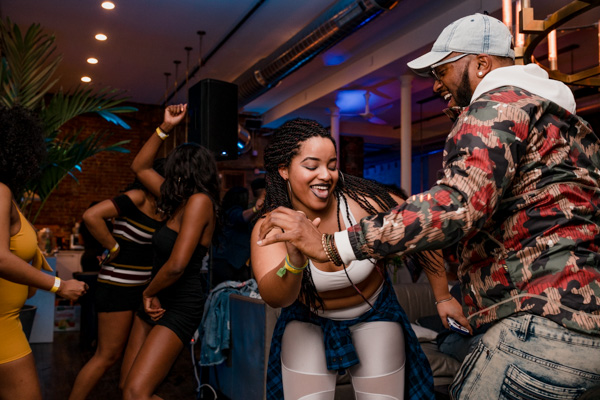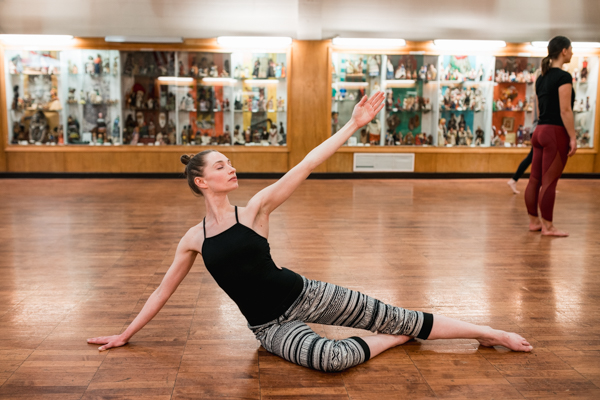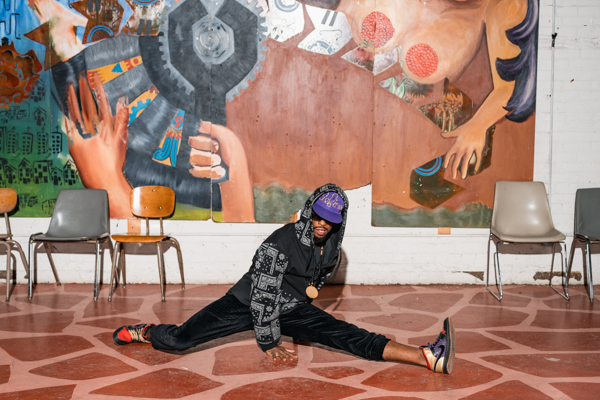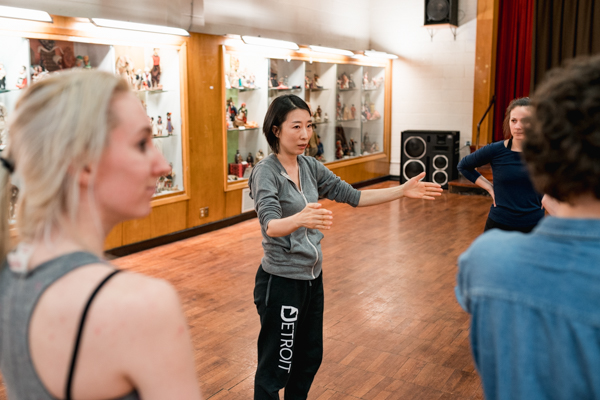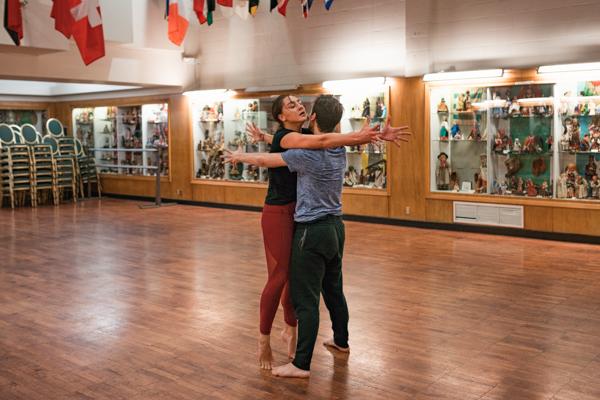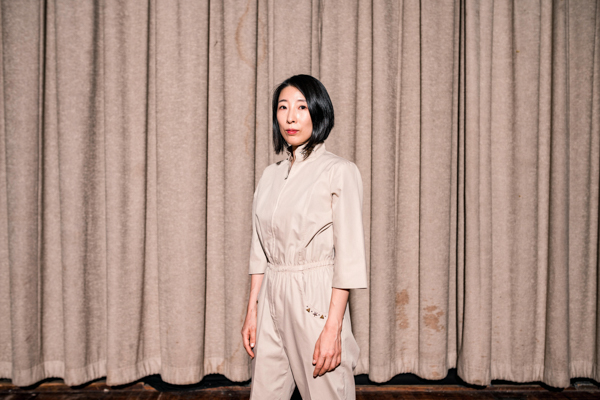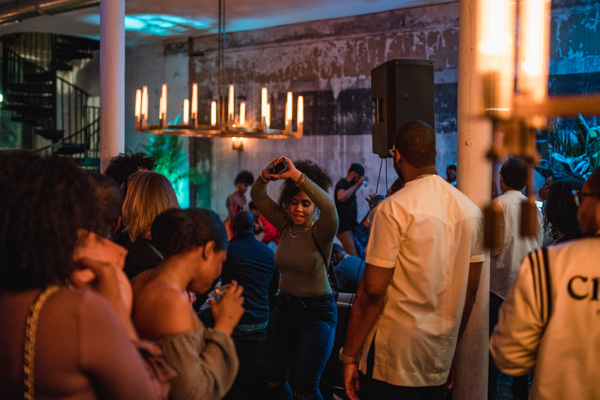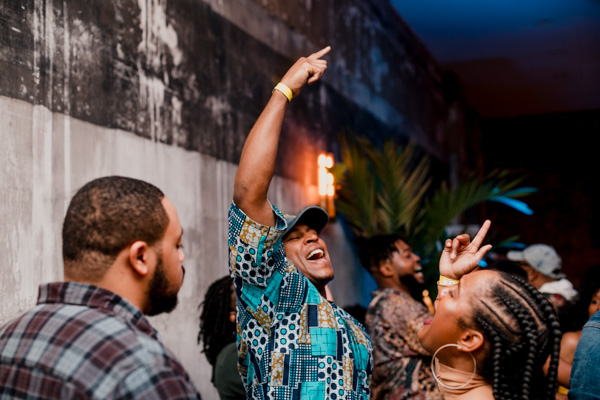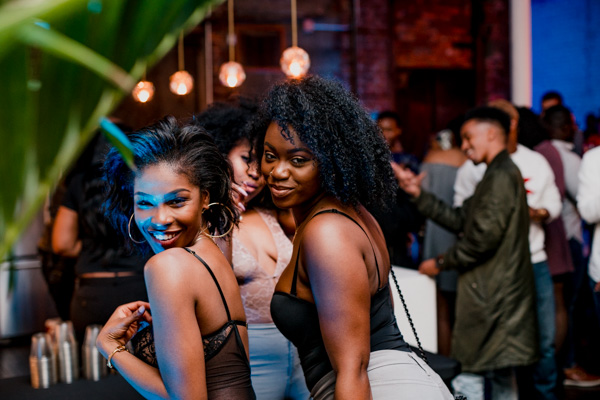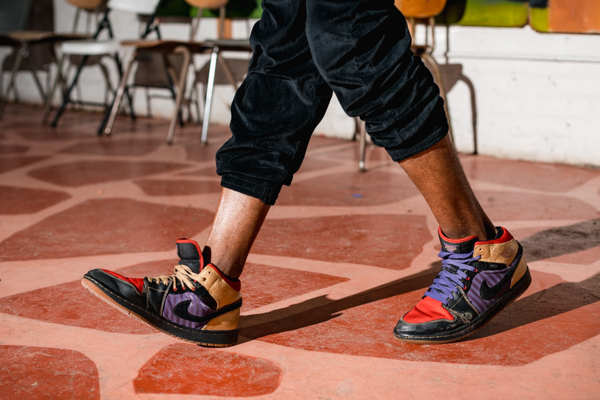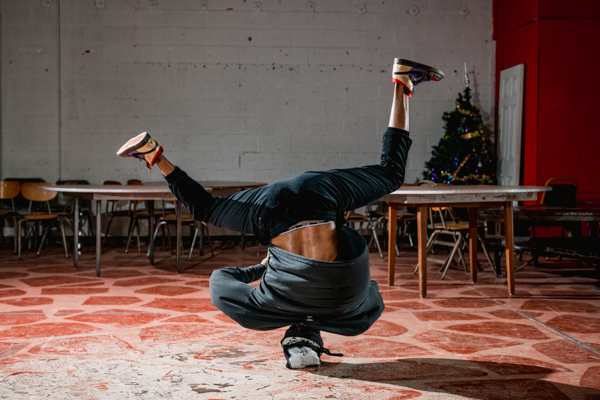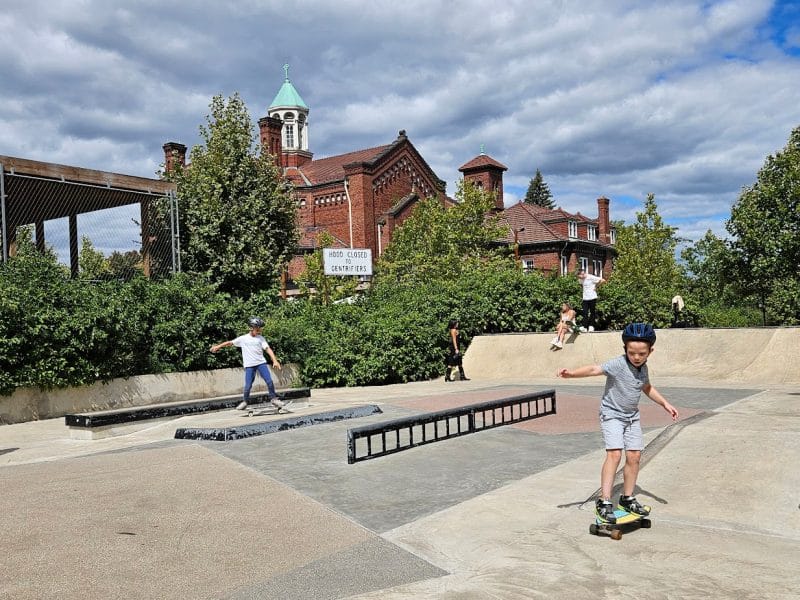One foot at a time: 3 unique dances building community in Detroit
Where there is music, there is dance. And since music has always been an essential part of life in Detroit, so has dance. These three unique dance styles are engaging Detroiters and building community.
Where there is music, there is dance. And since music has always been an essential part of life in Detroit, so has dance.
Popular cultural and social dances have often grown organically in the city’s neighborhoods and nightclubs. In the early 1900s, revelers danced at places like the Graystone Ballroom and various venues in Paradise Valley.
Dance in Detroit evolved concurrently with its music. While Motown brought forth crisp movements, techno ushered in the jit, and soul music (especially neo-soul aided by J. Dilla) created a rebirth in ballroom and line dances such as the many iterations of the hustle. Songs like “Freak It,” by Detroit-native Lathun took the city’s sound and dance styles to national audiences when released on the album So-So Def All-Stars in 1997. The song inspired by the Bad Girl Hustle is still a local dance club favorite.
And it hasn’t been all about partying. Influential dance instructors, like Harriet Berg, have built a relevant, modern dance community in Detroit.
Social dances make their own political statement through their common familiarity. To watch a nightclub full of women in synchronized step is a magical thing. In Detroit, more traditional forms of dance like modern and ballet create a sense of community through performance and cooperative effort. Troupes like The Detroit Windsor Dance Company have long used their collective strengths to bring larger stars to stages in Detroit, as well as to create and shape dancers that they share with the world.
As the discussion around Detroit’s resurgence remains focused on the rebounding real estate market and downtown development, art remains one of Detroit’s most effective political statements. These three unique dance styles are engaging Detroiters and building community, one foot at a time.
Detroit Dance City
On Tuesday mornings at ArtLab J, eager dance students stretch and sip Starbucks before class. The group of eight is comprised of college students and homeschooled high schoolers for whom this is an opportunity to socialize and dedicate time to their craft. This class, and the many others like it, are a fulfillment of mission of ArtLab J to create spaces where people of all ages and abilities can learn and grow through dance.
Founder Joori Jung came to Detroit, after a long international dance career, out of a desire to build and grow something from scratch. Here, Jung has fulfilled her desire to be a part of building a thriving dance community, where people have been eager to network and collaborate.
“New York—it’s fun, it’s a good life. But there was always something missing,” she says.
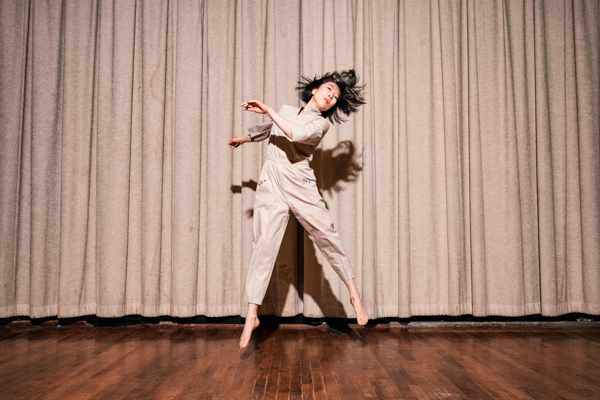
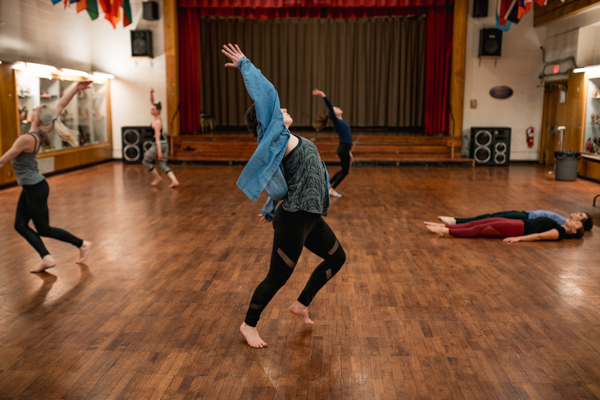
Jung overcame one of her first challenges, finding a suitable space, thanks to a willing partner in the International Institute of Metropolitan Detroit, which is where ArtLab J’s classes are held. In 2015, the nonprofit won a Knight Arts Challenge, which supports the Detroit Dance City Festival, a three-day celebration of Detroit’s dance community.
Jung’s next goal is to make Detroit an international destination for dance by bringing in dancers from around the world for workshops and events. “Dancers always leave Detroit,” she says, “but I want to build more programs so that international artists can live in Detroit.”
Jung does worry that as Detroit evolves, the rising cost of living may price out artists. “I hope that more housing and programs can be created for artists because we are business owners too.”
Joy in dance
Chuks Nwamba learned dance from his upbringing and Nigerian heritage. And it has shaped not just his dance moves, but his views on life itself. “A lot of Nigerian music is tied to spiritualism or is uplifting in trying to have fun,” he says. “I think both point to fact that dance is a way to express joy in the culture.”
That’s why he founded Jerk x Jollof, a celebration of culture through food and dance. The monthly party kicks off with two hours of networking and tastes of African and Caribbean food. There is also usually a live performance and then a transition into a traditional nightlife party. A DJ keeps the crowd moving with African and Caribbean rhythms and a little bit of mainstream music mixed in.

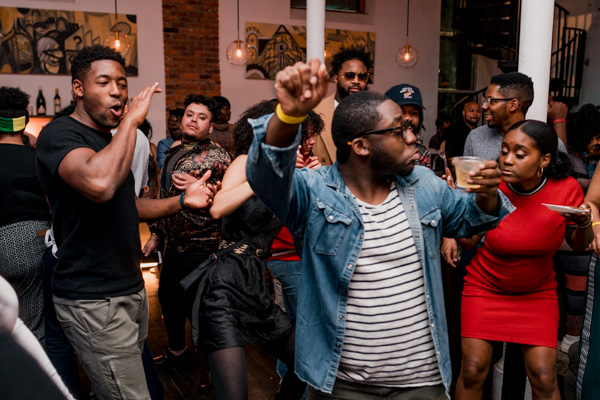
The result is a party that’s open and inviting where people feel comfortable dancing. “People can feel the expression of joy in the event,” says Nwamba. “In fact, I think they come with that joyful mindset.”
That’s important to Nwamba, who views dance as a form of communication. “It’s a way to communicate positive energy and positive vibes. Even if you don’t dance, you can always go out and enjoy watching others communicate in that way.”
In addition to throwing a great party, Nwamba founded the Jerk x Jollof Foundation, which awarded $1,000 in scholarships to deserving students. “Millennials spend a lot of money on entertainment and experience,” he says, “We want to also pair that with giving back to our community.”
The Detroit dance
The documentary “The Jitterbugs: Pioneers of the Jit” presents the history to one of Detroit’s most recognizable dance styles: the jit. Created by the McGhee brothers in the late 1970s, the dance style became Detroit’s signature dance in the 1980s with the hip-hop generation and the advent of Detroit techno. The pulse of techno and ghetto house beats perfectly complemented the fast pace and acrobatics of the jit, and the dance was (and is) amazing to watch.
The contemporary expert and promoter of the dance form is Haleem “Stringz” Rasul, founder of the fashion and dance brand Hardcore Detroit. Jit dancers are often surrounded by a circle of spectators in a style that’s reminiscent of African dance. The dance is easily accessible to everyone, but stands out when done by experts.
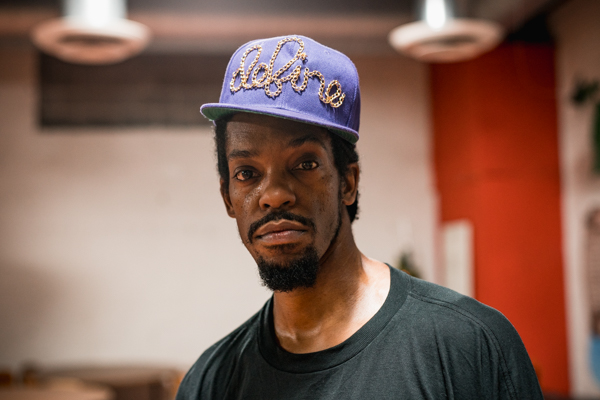
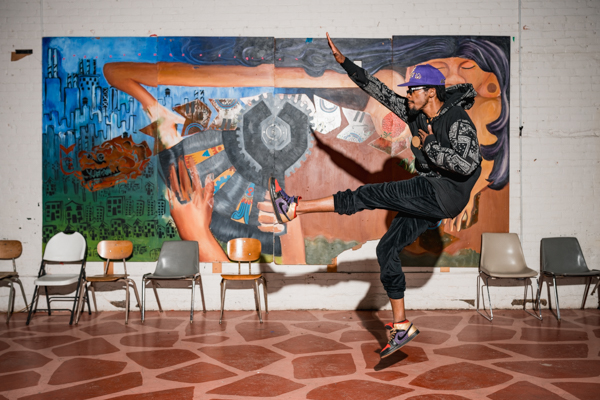
Fueled by his passion for the jit, the dance has taken Rasul around the world where he’s performed and taught workshops on the artform. He was also featured in a book about footwork dance.
For many years, Rasul was into breaking, which he describes as the hip hop dance form. The jit, however, is more specific to place. “As I started traveling and performing breakdance,” says Rasul, “I realized how distinct the jit really is. It’s unique and exclusive to Detroit.”
All photos by Nick Hagen.
